mandarin oranges japan
Mandarin oranges in Japan hold a special place in the hearts of both locals and visitors alike. Known for their exquisite taste and vibrant color, these citrus fruits are a popular choice for snacking, gifting, and even as a decorative element in traditional Japanese arts. Here, we delve into the rich history, cultural significance, and culinary uses of mandarin oranges in Japan to showcase why they are a must-have item for anyone looking to experience the essence of this beautiful country. **A Taste of Tradition** Mandarin oranges, also known as “mikan” in Japanese, have been cultivated in Japan for centuries. These small, seedless fruits are prized for their sweetness and delicate texture, making them a favorite among fruit enthusiasts. In Japanese culture, mandarin oranges are often associated with good luck and prosperity, making them a popular gift during the New Year and other special occasions.
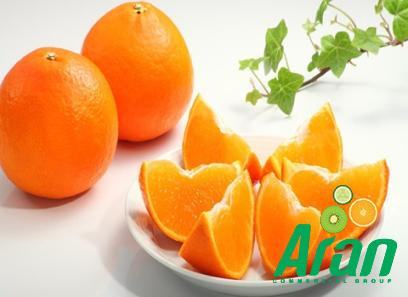
.
 **Cultural Significance** In Japan, mandarin oranges are not just a fruit – they are a symbol of hospitality and goodwill. It is common for hosts to offer guests a bowl of mandarin oranges as a gesture of welcome and friendship. The act of sharing these fruits is seen as a way to create a warm and inviting atmosphere, fostering a sense of closeness and camaraderie among people. **A Culinary Delight** Mandarin oranges are not only delicious on their own but also play a key role in Japanese cuisine. Their sweet and tangy flavor profile makes them a versatile ingredient that can be used in both savory and sweet dishes. From salads and stir-fries to desserts and drinks, mandarin oranges add a refreshing burst of citrusy goodness to any recipe. One popular way to enjoy mandarin oranges in Japan is in the form of “mikan juice”. This fresh and zesty beverage is made by squeezing the juice from ripe mandarin oranges and is a favorite choice for breakfast or as a refreshing drink on a hot day. The natural sweetness of the fruit makes mikan juice a healthier alternative to sugary drinks, providing a vitamin C boost to keep you energized throughout the day.
**Cultural Significance** In Japan, mandarin oranges are not just a fruit – they are a symbol of hospitality and goodwill. It is common for hosts to offer guests a bowl of mandarin oranges as a gesture of welcome and friendship. The act of sharing these fruits is seen as a way to create a warm and inviting atmosphere, fostering a sense of closeness and camaraderie among people. **A Culinary Delight** Mandarin oranges are not only delicious on their own but also play a key role in Japanese cuisine. Their sweet and tangy flavor profile makes them a versatile ingredient that can be used in both savory and sweet dishes. From salads and stir-fries to desserts and drinks, mandarin oranges add a refreshing burst of citrusy goodness to any recipe. One popular way to enjoy mandarin oranges in Japan is in the form of “mikan juice”. This fresh and zesty beverage is made by squeezing the juice from ripe mandarin oranges and is a favorite choice for breakfast or as a refreshing drink on a hot day. The natural sweetness of the fruit makes mikan juice a healthier alternative to sugary drinks, providing a vitamin C boost to keep you energized throughout the day.
..
 **Beyond the Plate** Mandarin oranges in Japan are not just limited to culinary uses – they also hold a special place in traditional arts and crafts. The vibrant orange hue of these fruits is often used as a color inspiration in pottery, textiles, and painting. In fact, the color “mikan-iro” (mandarin orange) is a popular choice in traditional Japanese art, symbolizing warmth, vitality, and creativity. In addition to their aesthetic appeal, mandarin oranges are also used in traditional Japanese festivals and ceremonies. During the New Year celebrations, mandarin oranges are often displayed in homes and temples as a symbol of good fortune and prosperity for the coming year. The act of peeling and eating a mandarin orange during this time is believed to bring luck and blessings to the individual.
**Beyond the Plate** Mandarin oranges in Japan are not just limited to culinary uses – they also hold a special place in traditional arts and crafts. The vibrant orange hue of these fruits is often used as a color inspiration in pottery, textiles, and painting. In fact, the color “mikan-iro” (mandarin orange) is a popular choice in traditional Japanese art, symbolizing warmth, vitality, and creativity. In addition to their aesthetic appeal, mandarin oranges are also used in traditional Japanese festivals and ceremonies. During the New Year celebrations, mandarin oranges are often displayed in homes and temples as a symbol of good fortune and prosperity for the coming year. The act of peeling and eating a mandarin orange during this time is believed to bring luck and blessings to the individual.
…
 **Where to Find Mandarin Oranges in Japan** If you are traveling to Japan or looking to purchase authentic mandarin oranges from the comfort of your home, there are several places where you can find these delectable fruits. Local markets, specialty grocery stores, and online retailers offer a wide selection of mandarin oranges sourced from different regions of Japan, each with its own unique flavor profile and characteristics. Whether you prefer the sweet Satsuma mandarins from Kagoshima or the tangy Ehime mandarins from Shikoku, there is a variety of mandarin oranges waiting to delight your taste buds. In conclusion, mandarin oranges from Japan are a culinary treasure that embodies the essence of Japanese culture, tradition, and hospitality. From their rich history to their versatile uses in cuisine and art, these fruits offer a sensory experience that is as nourishing for the soul as it is for the body. So why not treat yourself to the exquisite taste of mandarin oranges from Japan and embark on a flavorful journey that celebrates the beauty and bounty of this beloved fruit?
**Where to Find Mandarin Oranges in Japan** If you are traveling to Japan or looking to purchase authentic mandarin oranges from the comfort of your home, there are several places where you can find these delectable fruits. Local markets, specialty grocery stores, and online retailers offer a wide selection of mandarin oranges sourced from different regions of Japan, each with its own unique flavor profile and characteristics. Whether you prefer the sweet Satsuma mandarins from Kagoshima or the tangy Ehime mandarins from Shikoku, there is a variety of mandarin oranges waiting to delight your taste buds. In conclusion, mandarin oranges from Japan are a culinary treasure that embodies the essence of Japanese culture, tradition, and hospitality. From their rich history to their versatile uses in cuisine and art, these fruits offer a sensory experience that is as nourishing for the soul as it is for the body. So why not treat yourself to the exquisite taste of mandarin oranges from Japan and embark on a flavorful journey that celebrates the beauty and bounty of this beloved fruit?
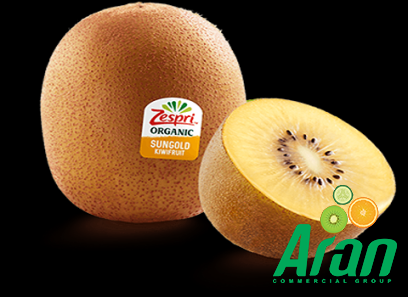
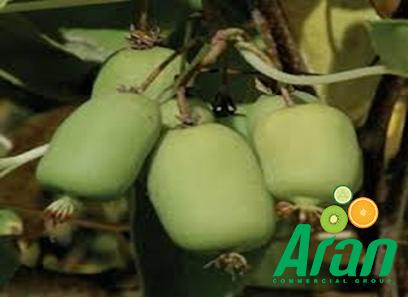
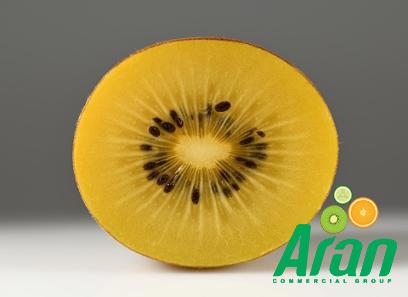


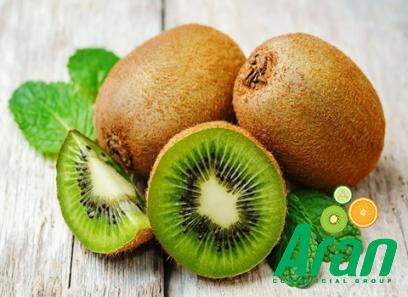

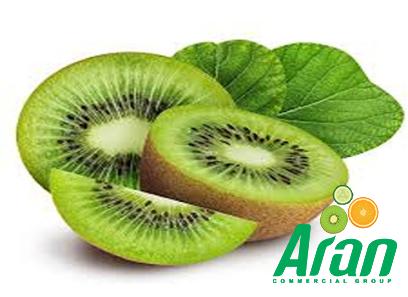


Your comment submitted.